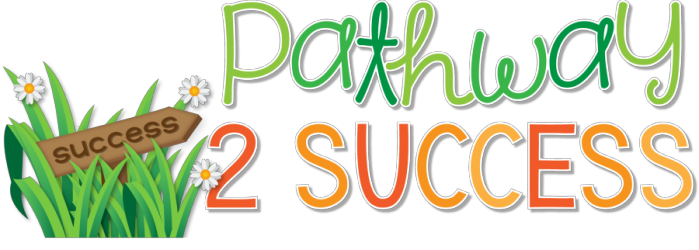Social skills are a critical element to helping kids succeed socially, emotionally, personally, and even academically. These are the skills are the behaviors that help kids join in conversations, collaborate with peers, develop lasting friendships, self-advocate when they need help, and so much more. It would be ideal if all learners walked into classrooms equipped […]
10 Ways to Appreciate Paraeducators
One of my strongest principles and beliefs is to support, cherish, and value the paraeducators we work with. After spending 10 years in a middle school special education classroom, it’s easy to say that paras are the foundation to our entire education system. Without them, kids in classrooms would struggle to understand key content, groups in […]
Helping Kids with Feelings of Anxiety & Worry
All educators, at one time or another, are likely to work with kids and young adults who struggle with anxiety. Sometimes we know about those challenges, and other times, we don’t. As a special educator, I have spent countless hours helping students work through their worries about homework, family situations, fights with friends, high-stakes testing, […]
Interventions for Executive Functioning Challenges: Organization
As kids get older, organization becomes ever more important! While it is a critical skill for all ages, kids and young adults are often just learning to develop and strengthen their skills as more responsibilities are added on in their lives. When you think about it, kids and young adults can have a lot to […]
Interventions for Executive Functioning Challenges: Planning
Planning is a critical executive functioning skill that helps kids and young adults achieve success in and outside of the classroom. Executive functioning skills are the complex mental processes that work together to help us accomplish tasks and goals. When learners struggle with these skills, daily life activities can become particularly challenging. While all executive […]
Ways to Help Kids Boost Confidence
Helping kid and young adults build their own confidence can have significant and long-lasting effects. Confidence kids are better equipped to handle stress, more likely to take risks, feel more prideful in their work, and have increased determination to reach their goals. By helping kids build their self-esteem, we are giving kids the skills they […]
5 Daily Struggles for Kids with Executive Functioning Challenges
A number of kids struggle with executive functioning skills on a daily basis. Sometimes these struggles are obvious, like having a messy binder or forgetting to turn homework in, but other times they are more hidden. This is a critical topic because all educators have these kids in our classrooms every single day. Here are […]
An Open Letter to Administrators of Special Educators
Dear administrators, Let me start off by saying that I write this letter on behalf of special educators. While it’s true that I might not speak for every single special ed teacher, after spending 10 years in the classroom, I like to think I speak for many. First off, we truly appreciate all that you […]
10 Ways to Build Relationships with Kids
Relationship building is the single most important way you can impact a child’s life. So often, kids actually can’t learn from someone they can’t connect with. I’m also convinced that building a strong relationship with a kid or young adult diminishes a huge number of behavior challenges. Many times I worked with students who were […]
13 Ways to Avoid Power Struggles
As an educator or parent, getting into a power struggle can be an awful thing. We waste so much of our energy trying to get we we want that we sometimes forget what our goal was in the first place. Power struggles can be especially difficult with kids with ADHD, autism, oppositional-defiant disorder, and other […]













